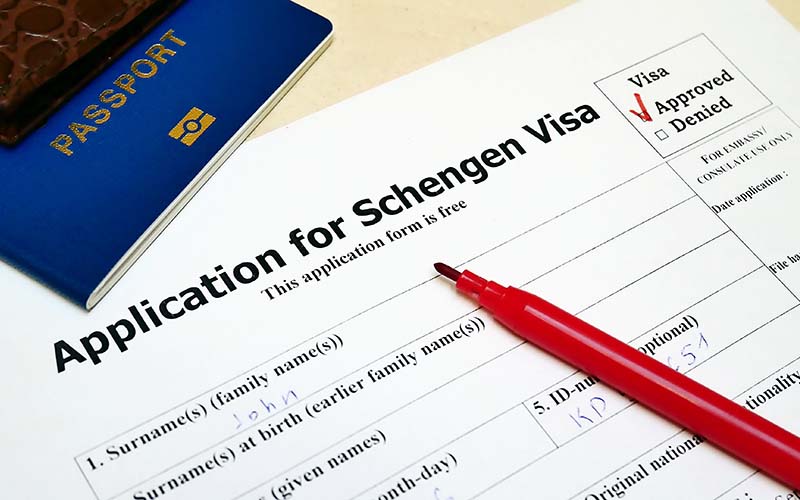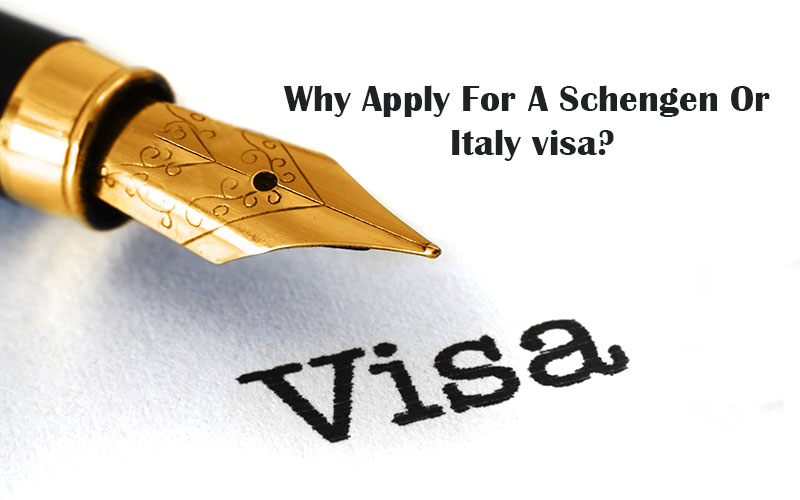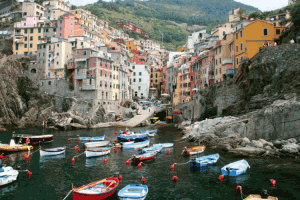Italy is a gorgeous boot-shaped European country that has captured several global tourists’ imaginations. People oven flock to the Italy shores to have a good time or simply unwind from their busy daily schedules. Italy features several ancient ruins, spectacular modern cities, antique museums, mighty mountainous terrains and cliffs, gorgeous beaches, incredible natural vistas, wonderful castles, and architectural marvels designed in unique styles like Gothic, Baroque, Neoclassical, Mannerist, and Romanesque, making it feature in every travel bucket list of all travelers. Tourism is a significant contributor to the seventh-largest economy worldwide in the heart of the Mediterranean Sea, and Italy welcomes 50 million tourists worldwide.
Italy is one of the Schengen members that makes Italian citizens eligible to freely travel between other Schengen countries without any visa. Foreign citizens who intend to migrate to Italy can access other European Schengen countries through the Schengen visa, which has become one of the most preferred visas. The Italian authorities have aligned its immigration laws so that permanent residency citizens can avail free travel benefits as part of the Schengen visa agreement. Countries needing a visa for Italy include those outside the Schengen Area, and travelers from these countries must apply for a Schengen visa to enter Italy and other Schengen nations.
Understanding the Schengen Visa

A person from other country other than the European Union or Schengen members can stay in a Schengen member country for a limited period of 90 days or when transiting via Schengen areas to other global destinations, through a Schengen Visa. You can apply for a Schengen visa for your stay in Italy with these options:
- The single-entry visa is issued for a non-Schengen citizen to enter a Schengen member country. The visa would expire automatically once the visa applicant exists in the country.
- The double-entry visa is issued for a non-Schengen citizen to enter a Schengen member country for 90 days. The visa would expire once the applicant enters and exists in the country for the second time.
- The multiple-entry visa is issued for applicants who want to stay in the Schengen member countries for a short period.
Exploring the Italy National Visa
Apart from the Schengen visa, applicants can also apply for an Italy visa that needs to be obtained for the following categories of tourists and visitors:
- Workers
- Students
The Italy visa entitles the applicant to multiple entries to Italy. For example, an Italy student visa can easily be converted into a work visa in Italy as only the type of permit needs to be converted. Immigration lawyers can help you get more detailed insights about Italy vs Schengen visa and their prime differences. To simplify your Italy visa application process, know the set of documents required as it completely depends on the visa you are applying for.
Also Read: Italy Visa Photo Requirement Guidelines
Key Differences Between Schengen Visa and Italy Visa
The main difference between Italy and Schengen visas is that only foreign citizens must apply for a visa when immigrating to Italy. Italian citizens can avail the benefit offered as part of their citizenship, where they can travel between Schengen member countries without a visa. However, if you are a European citizen who is not part of the Schengen member countries, you are required to go through the visa requirements while coming to Italy for work purposes or leisure.
All citizens from non-Schengen member states or European Union citizens have to apply for a Schengen visa if they want to enter and stay or transit via Italy for a short period of up to 90 days. Likewise, they must apply for an Italy visa if they want to stay in Italy for more than 90 days. You can consult immigration lawyers for more detailed differences between Italy and Schengen visas.
Foreign citizens keen to enter Italy can apply for either Italy or Schengen visa. The key differences between Italy and Schengen visas are:
- Schengen visas are more suitable for applicants who intend to stay in Italy for a shorter period or for transit.
- The Italy visa is for a foreign citizen to stay in Italy for longer periods
- The Italy visa is issued for tourists and visitors who intend to stay in Italy for up to 3 months in one go.
- All Schengen visa holders must reapply for a Schengen visa once they have exited Italy and intend to enter Italy again.
- Multiple entries are issued for tourists and visitors who intend to enter Italy multiple times, like sportspeople and artists.
Based on your requirement and purpose of stay, you can choose to apply for either Schengen or Italy visa accordingly.
Why apply for a Schengen or Italy visa?

The Italian government has stated its own residency permits that offer many benefits. A Schengen visa will be preferable for applicants who intend to stay in Italy for shorter periods
- Many Schengen visa applicants enter Italy with a student visa keen to study in 4 of the top and oldest Italian universities.
- All foreign students who have studied in an Italian university must undergo a 1-year educational program to be eligible for applying for an Italy visa.
- Many African citizens contribute to many applicants applying for a Schengen visa.
- Multiple entry Italy entitles a person to stay in Italy for 3 months within 6 months.
You can apply for an Italy or a Schengen visa depending on your requirements and purpose of stay. Connect with a reliable travel partner who can guide you through the various stage gates involved in the visa process and help you sail through the entire visa journey. In addition, you can also check for a clear difference between Italy vs Schengen visas.
Also Check: Entry Into Italy For UAE & Non UAE Citizens






